Pilgrims and Santa Faz Fair
The Santa Faz Fair is celebrated around the Thursday after the octave of Easter (two Thursdays after Maundy Thursday), the day on which the city and the Huerta de Alicante celebrate the festival of the relic and commemorate the miracle of La Lágrima occurred in 1489. Two pilgrimages take place in this celebration, one from Alicante, on Thursday from the capital, and another later, on Sunday from Sant Joan d’Alacant. For four days, the traditional Fair is held with craft stalls, food and attractions on the streets of Llogaret and Sant Joan.






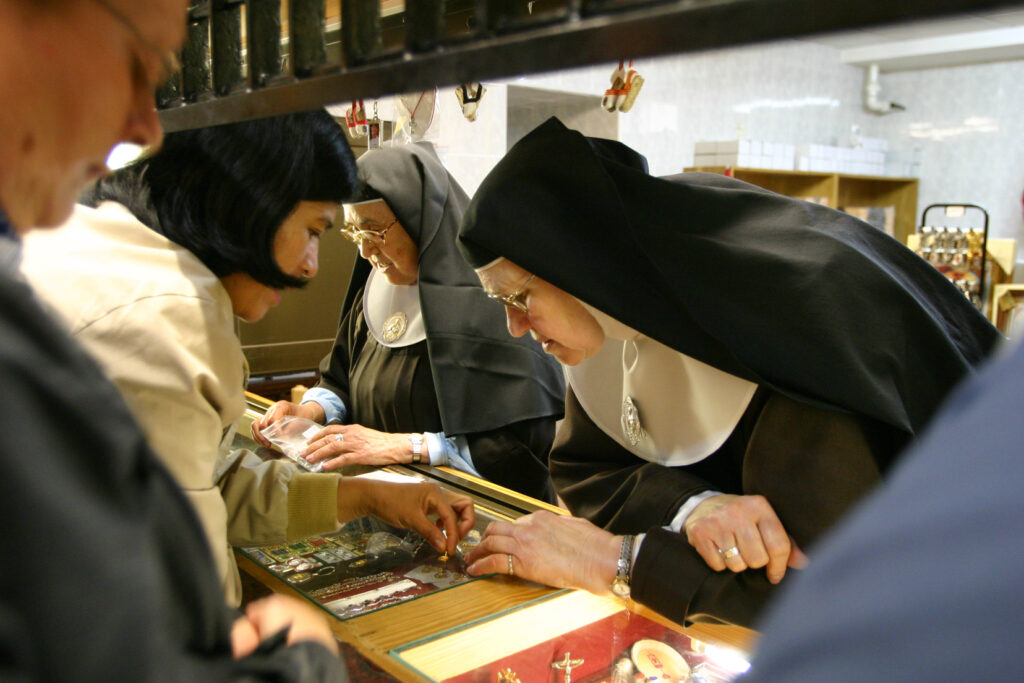
Nuns offering religious items during the festival
Pilgrimage from Alicante
Nowadays it is an obligatory annual event that is steeped in tradition and has been adapted over time to the present day. The main events take place on Thursday when the pilgrimage is celebrated with the replica of the Holy Face that departs at eight in the morning from the Co-Cathedral of San Nicolás or the Alicante City Hall, and after crossing part of the old town, travels along the National 332 until reaching Monastery of La Santa Faz. Some pilgrims are dressed in the typical Huertano blouse and a scarf around their neck with a checkered design in white and blue. Another essential element is the cane sticks with rosemary that accompany the walker. The official procession with civil and ecclesiastical authorities leaves from the Black Door of the Co-Cathedral of Saint Nicholas and carries a replica of the relic.
Families, groups of friends, associations and festive representatives attend, accompanied by the dolçaina and the tabalet, big heads and giants like Nicolauet i Remeiets, who bear the names of the city’s patron saints.
The diverse predisposition of the attendees is curious and interesting. Some people pray, others sing, others talk and others drink, especially the younger ones who compete in recent years to have the most decorated car filled with drinks. There is a diverse predisposition among the attendees. Halfway along the road, near a farm known as Lo de Díe, the paraeta or rest is held within the municipality of Alicante, in which the participants in the pilgrimage consume anise and mistela rolls, a gift from an association known as Pa i Dolços.
From there the pilgrimage continues to the town of Santa Faz. Most pilgrims enter the monastery, although others head towards the nearby fields, Sant Joan, or the beach. The streets of Santa Faz are always packed and full of life thanks to the typical fair stalls that are traditionally a fundamental part of the celebration.
The official procession enters the monastery until it reaches the dressing room to proceed with the extraction of the relic. To do this, a protocol established by order of King Charles II is followed, by which four keys must be used to open the tabernacle or tabernacle where Marín is located to proceed with the extraction of the relic.
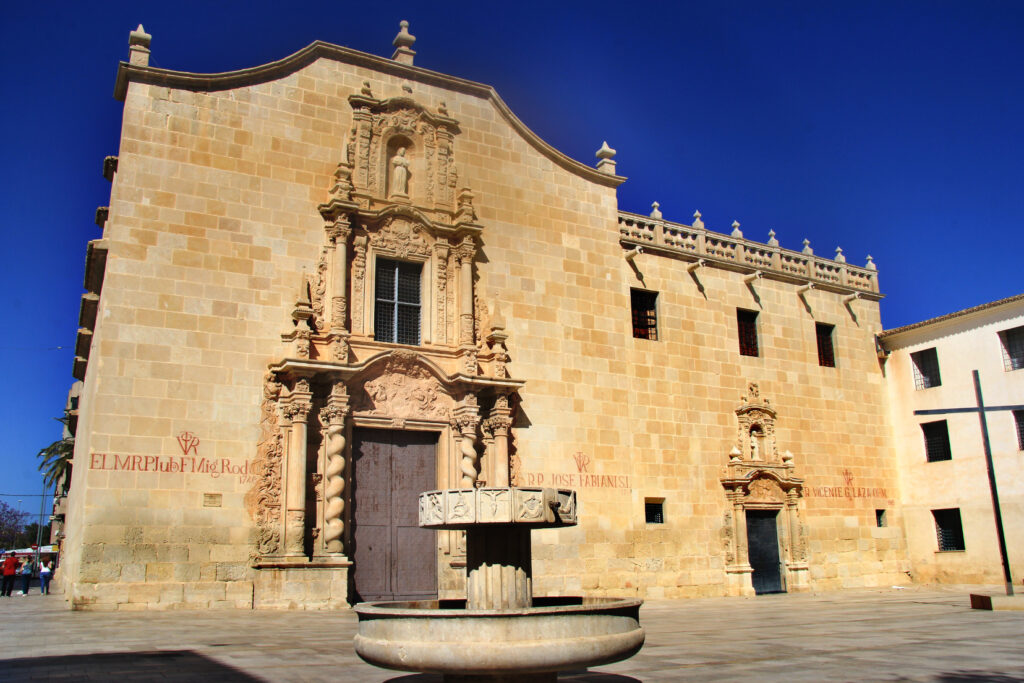
Santa Faz Facade
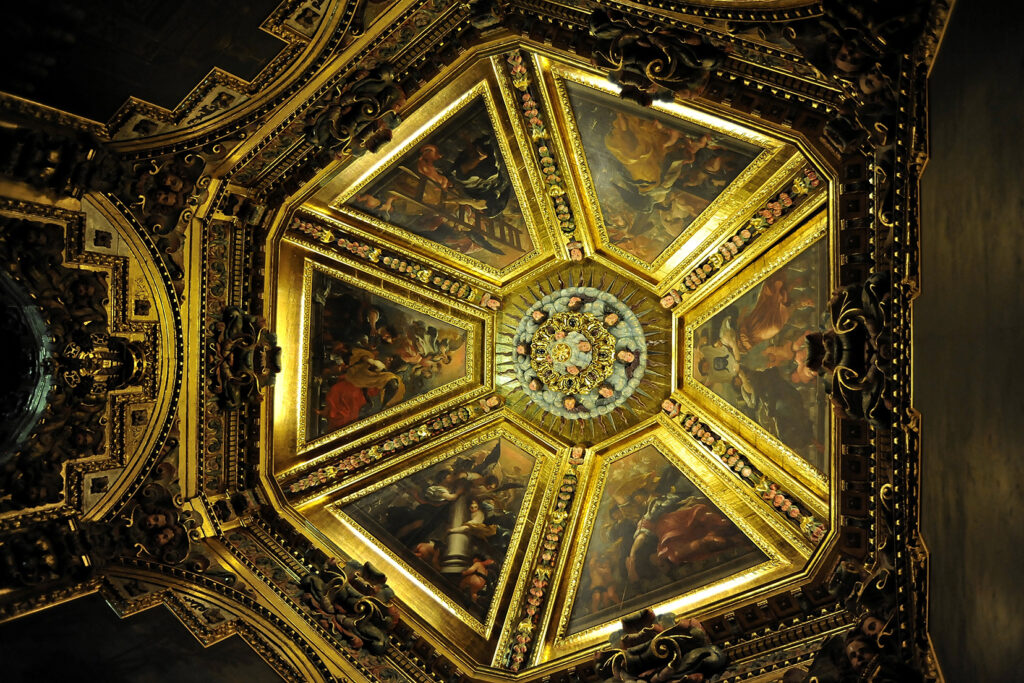
Interior Santa Faz
The Holy Face, two keys guarded by the Alicante City Council, and two others, by the abbess of the monastery. The municipal secretary reads the minutes that always begin with the formula: “in the very illustrious and always faithful and heroic city of Alicante (…) the Very Illustrious Chapter of the Holy Church Co-Cathedral of San Nicolás and the municipal authorities met…”. The person in charge of opening the tabernacle is a councilor from the Alicante City Council elected as Trustee of La Santa Faz. Once the relic is removed from its dressing room, and in the heat of cries and pleas for mercy, it is transferred to the square and placed on the altar where the pilgrim’s mass is celebrated, which concludes with the blessing of the people with the Holy Virgin. Face.
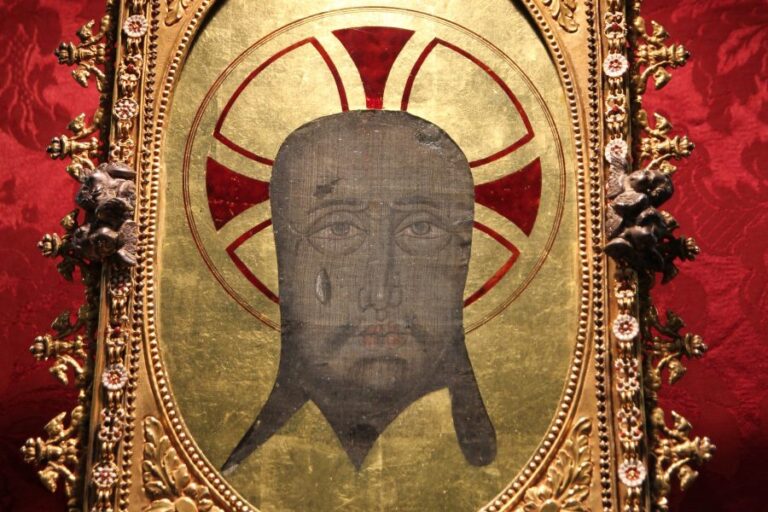
Once the mass is over, the Holy Face is returned to its dressing room where an incessant passage of pilgrims, devotees and curious people begins, passing in front of the relic in an endless line that is repeated for the next three days.
The fair
The day is festive and very complete and it is common to eat that day in the surroundings, at the Fair stands in the shade of pines and cypresses or camping in the nearby fields, among olive and carob trees, enjoying a typical day in which the Kings of gastronomy are the potato omelette, meat with fried tomato, sardines, salted meats, sausage or broad beans, members of the typical Alacantà esmorçaret. Nor do many forgive the paella, especially with meat and vegetables, well paired with Alicante wine. Among the desserts, and which have become a regular product of the Fair, dates, nougat and marzipan cannot be missed, always accompanied with sweet wine.
The stalls or paraetes of the fair present a great variety, especially those of traditional crafts such as those of pottery produced in Agost, which have always been located in front of the Monastery. Botijos, xiulets, bells and countless handmade decorative objects occupy these stalls run by several generations of families. Also traditional are the stalls selling nougat and typical sweets, which are never lacking, massapà gossets, date or fig bread, bridal nougat or almond cakes. However, children, as always, continue to opt for candy apples, cotton candy or candy cane. Other common stalls at the event are those selling dates, which can be found in all colours, origins, nature and flavours, those selling wooden crafts, highlighting the typical gaiatos of various sizes, or those selling pots, pans or pans. Of course there is also a great variety of stalls selling religious items especially dedicated to The Holy Face, which on those days compete with the small shop of the Poor Clare sisters inside the Monastery. To complete the picture of the Fair, you can never miss raffles with guaranteed prizes, churrerías, portable catering establishments where we can eat or snack, and the amusement fair with its bumper cars, flying carpets, diabolical casseroles, giant monkeys and trains. fantastic.
Pilgrimage from Sant Joan
All this festive character continues, as we have mentioned, until the following Sunday, the day when more people come. This day, the pilgrimage starts from Sant Joan, starting from the Plaza de la Constitución and traveling along the old Camino de Lloixa, where the first pilgrimage of 1489 took place. Many neighbors participate in the event, especially numerous supporters and representatives of the festivals accompanied by the dolçaina and the tabalet. There is no shortage of the typical paraeta halfway through with its mistela and rolls. After traveling all the way, the delegation arrives in Santa Faz and enters into the atmosphere of the fair, which that day is still full of visitors, many of them from towns throughout the province.
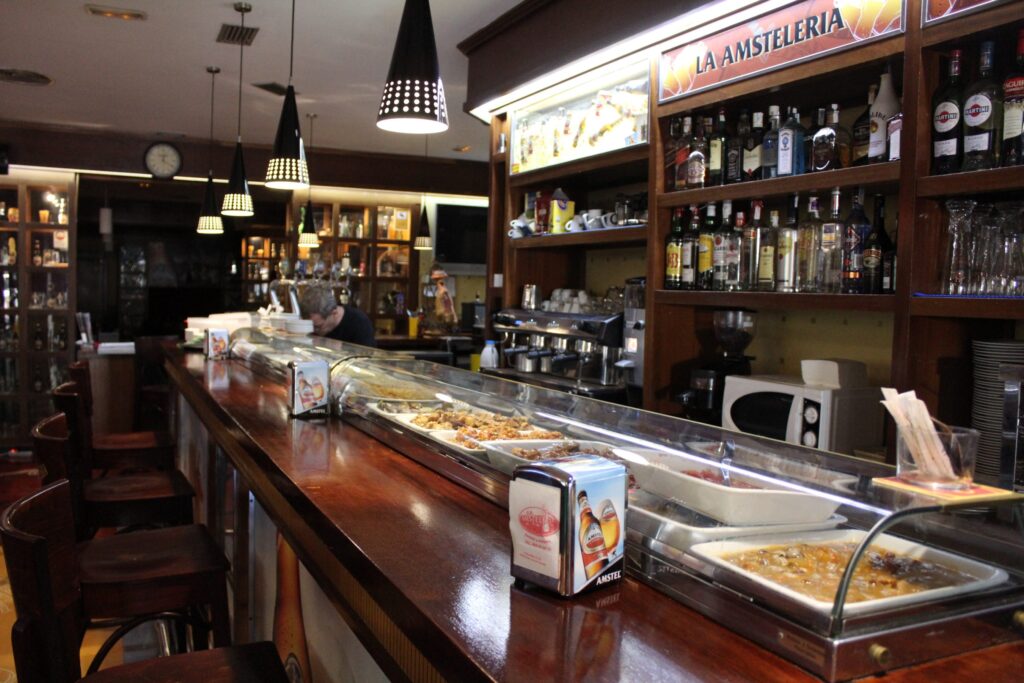
Pilgrimage from Sant Joan d’Alacant
Did you know that...?
The celebration of the fair caused important conflicts between the city of Alicante and the then University of San Juan and Benimagrell, regarding the jurisdiction of each one’s terms. In the case of Santa Faz there were always problems with territorial delimitation and on numerous occasions incidents occurred, such as in 1772 when the authorities of Alicante sued the mayor and sheriff of San Juan for entering the La Santa Faz Fair carrying their jurisdictional rods. claiming jurisdiction up to the monastery wall as a previous division had established. The lawsuit was settled in favor of Sant Joan when the demarcation up to the wall of the temple was sanctioned in 1780.
Currently, this same division is maintained between the terms of Sant Joan and Alicante, so that the district of Santa Faz is divided between both municipalities. Most of the Fair stands are located within the municipality of Sant Joan d’Alacant.
